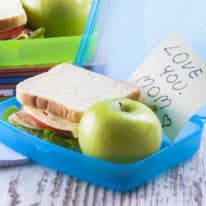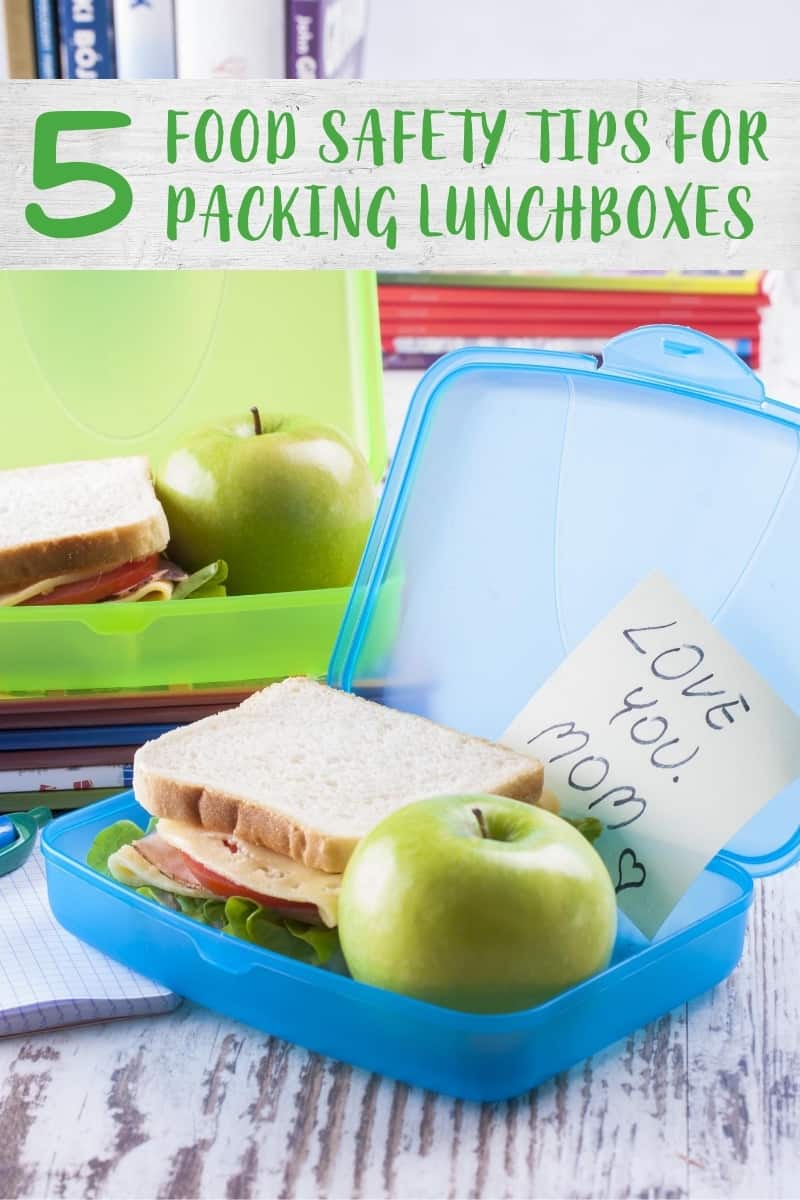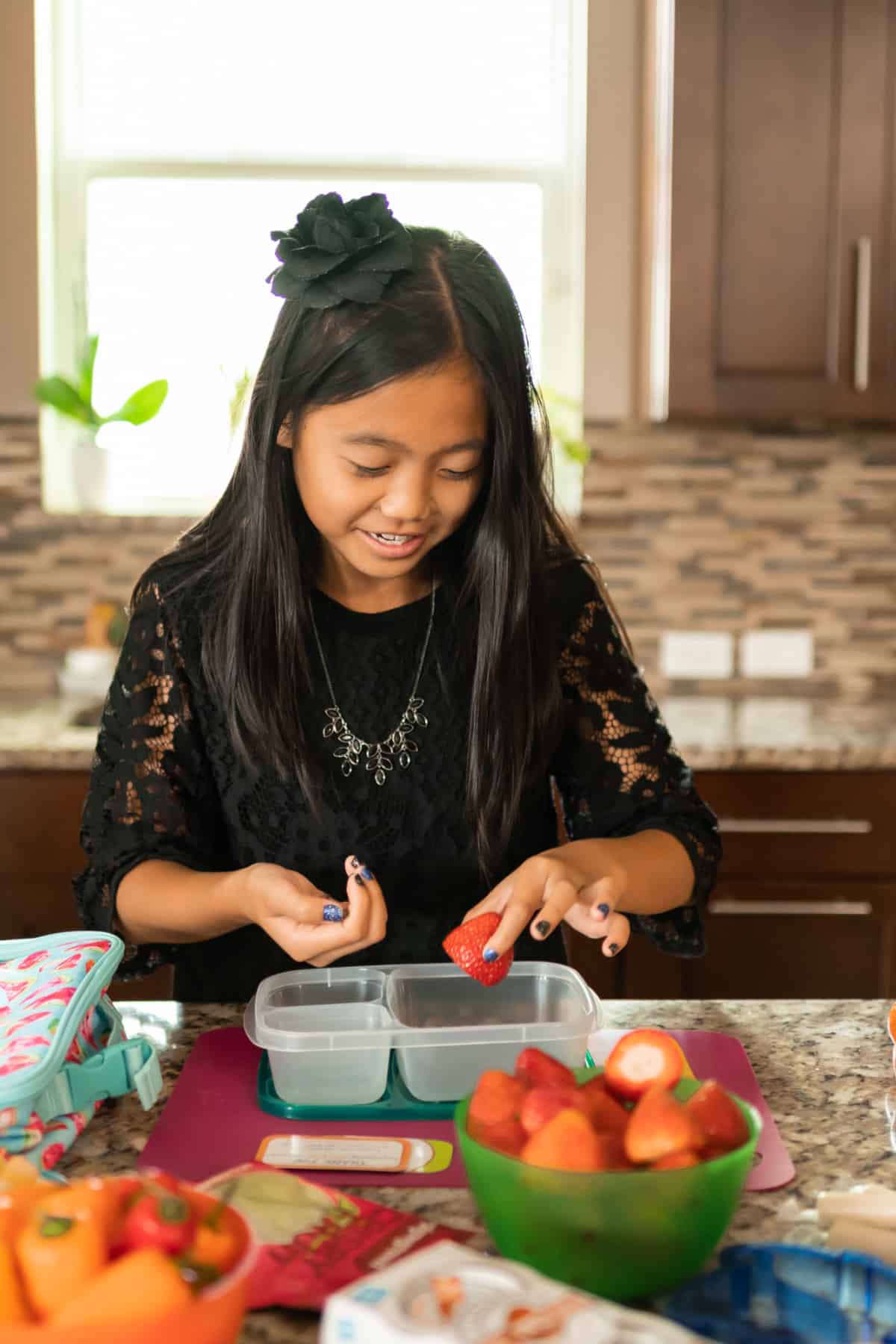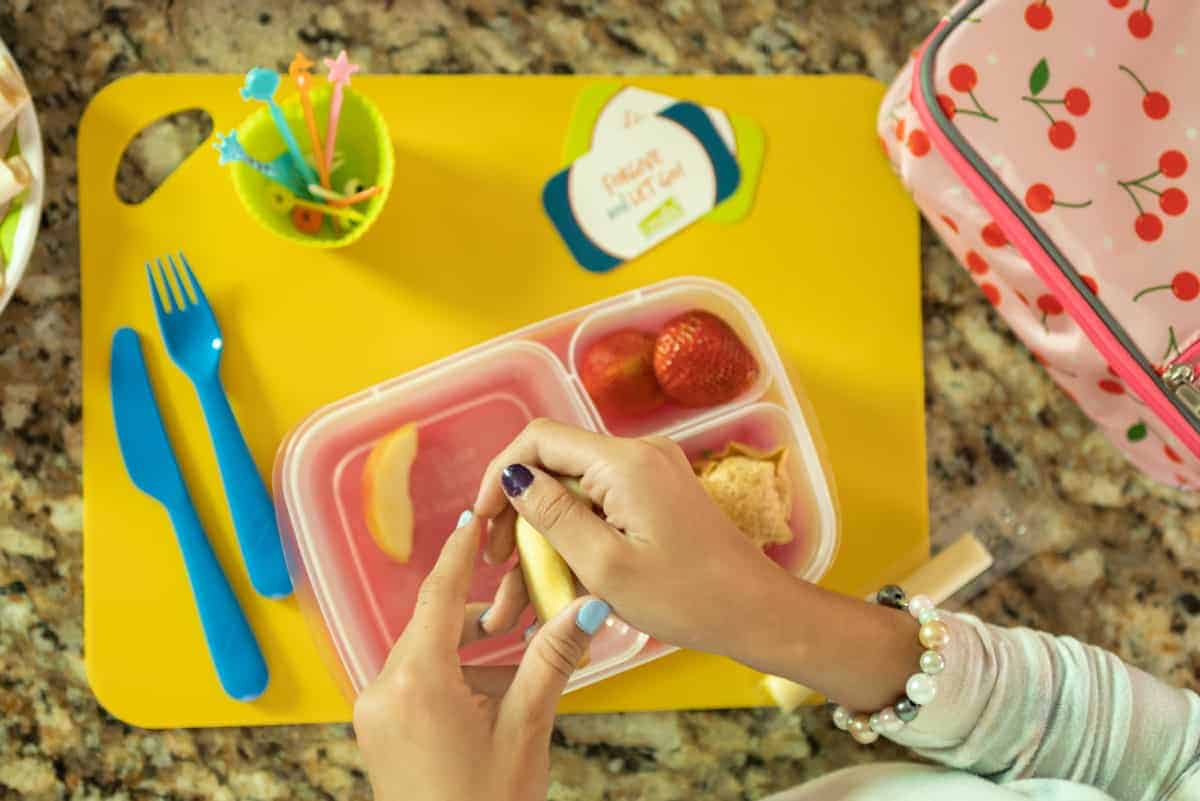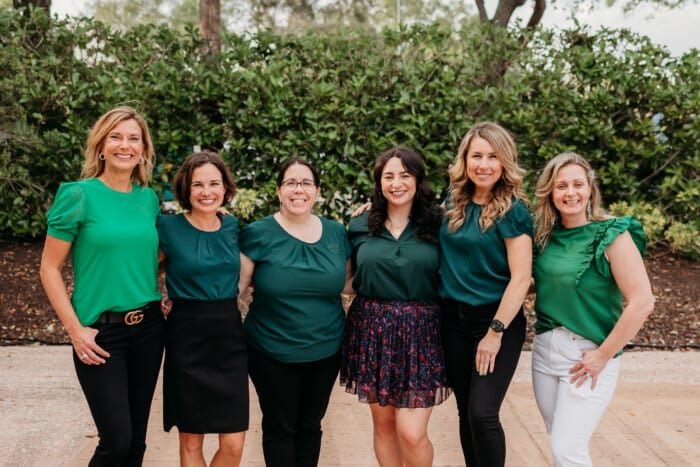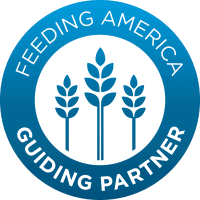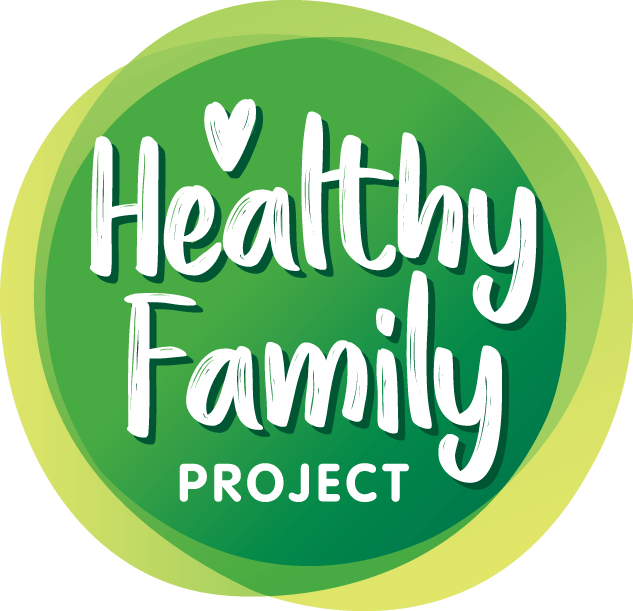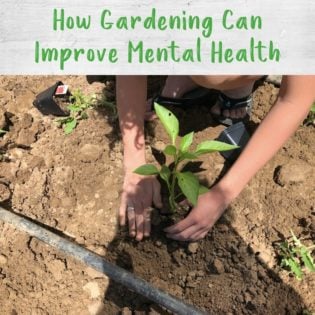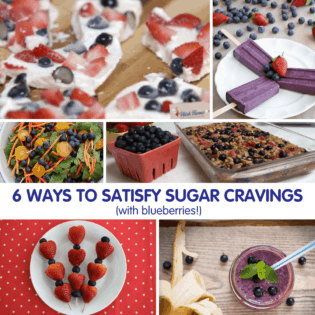5 Food Safety Tips for Packing Lunchboxes
A good lunch can go very bad if it’s not properly packed. These food safety tips from a Registered Dietitian will keep lunchboxes the right temperature and safely packed until time to eat.
It’s time to gear up for another school year which at our house means getting up a little earlier, remembering to do homework, and packing lunches.
There’s lots of fun and nutritious lunch ideas out there (check out the #healthylittlelunchbox and #poweryourlunchbox hashtags on Instagram) but what’s often overlooked is how to keep the food safe.
Here are five food safety tips on how to keep those lunchboxes safe once they leave the house.
A little background on food safety (or why temperatures matter):
Many foodborne illnesses are caused by bacteria growing to high levels, and the ideal temperature range for bacteria to grow is 41 to 135 degrees F (aka as “temperature danger zone”) but especially 70 to 120 degrees F.
The best way to keep cold items safe is to slow bacteria growth by keeping food under 41 degrees F, but storing packed lunches in a refrigerated area isn’t an option for most kids.
However, food safety guidelines specify that cold items without refrigeration can sit out for up to six hours – as long as the food never goes above about 70 degrees – and whatever food is left is discarded.
Here are some food safety tips to keep in mind when packing lunches:
Insulate
Using an insulated bag or box is the first step to keeping food safe. The insulated walls – though seemingly thin – are the first line of defense in maintaining temperatures – something that paper bags are incapable of providing.
You can find insulated lunch bags and boxes in a range of sizes, prices and designs, and most have a water-resistant lining that can be wiped down or washed daily.
Start Cold
Keeping items cold isn’t just a mealtime nicety; it’s essential to keep some cold foods safe. Start off on the right foot by ensuring items start cold (below 41 degrees F) when you pack them. If packed in advance, then store the whole lunchbox in the refrigerator until heading to school.
Foods To Keep Cold for Safety:
- Meats
- Cheese
- Hard-boiled eggs
- Most dairy
- Cooked pasta and rice
- Cooked vegetables
- Open canned foods
- Cut melons, tomatoes and torn lettuce
Foods To Not Worry About:
- Whole fruits (like apples or bananas)
- Crackers
- Cookies
- Individually packaged dry goods
- Packaged puddings
- Aseptically-packaged milk boxes
- Canned fruit
- Juice boxes
Keep It Cold
You’re off to a good start packing cold items that are under 41 degrees F in an insulated bag, but the goal now is to keep the temperature of these items below 70 degrees F. There are several steps you can take to help do this.
Pack a few frozen gel packs or cubes in the lunchbox. These can be found in a variety of shapes now depending on your lunchbox size and space requirements. Get in the habit of placing the packs back in the freezer each night so they’ll be ready to use the next morning.
No cold packs? Freeze juice boxes and yogurt sticks the night before; not only will they be cold and icy by lunchtime, but they’ll also help keep surrounding food cold. Don’t get carried away though because not all foods freeze and thaw well. I’ve found this trick works best on yogurt and beverages.
Prep Hot Containers
If your child likes hot items occasionally, there are ways to keep those items safe too. Very few kids have access to a microwave to reheat food, so it’s key to pack items in containers that will hold warmth. I’ve found this is best achieved using a two-step process.
Start by prepping your container by placing boiling water into the thermos or insulated bowl. Put the top on, and let the boiling water heat the container.
Now, heat the food. Most lunchbox foods need to be cooked to at least 135 degrees F, and if you’re packing leftovers, these need to be reheated to 165 degrees F. Once the food is hot, pour the water out of the container, and add food.
Remind your child to keep the lid on until ready to eat so heat doesn’t escape.
Toss What’s Left
Any leftovers from lunch need to be tossed. All potentially dangerous foods will have been in the temperature danger zone too long, but foods that aren’t potentially dangerous may have come in contact with bacteria. While I hate to throw away food items, it’s just too risky not to.

